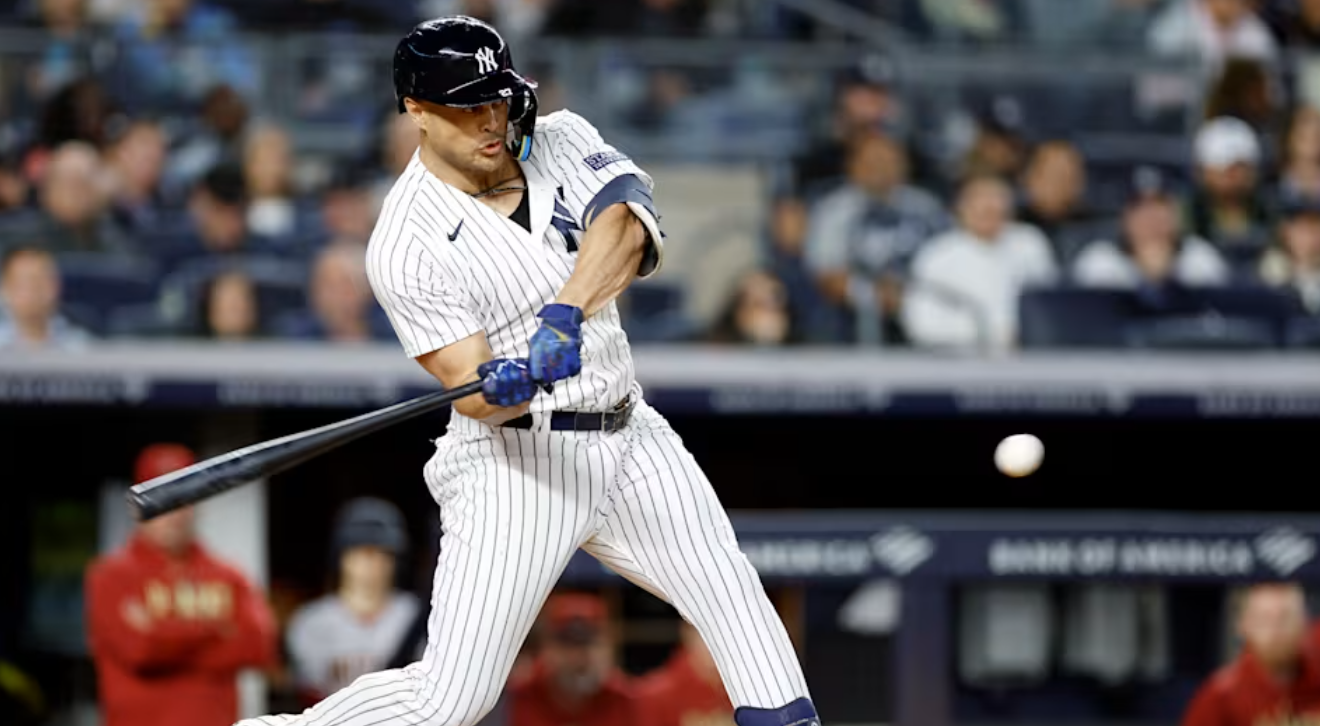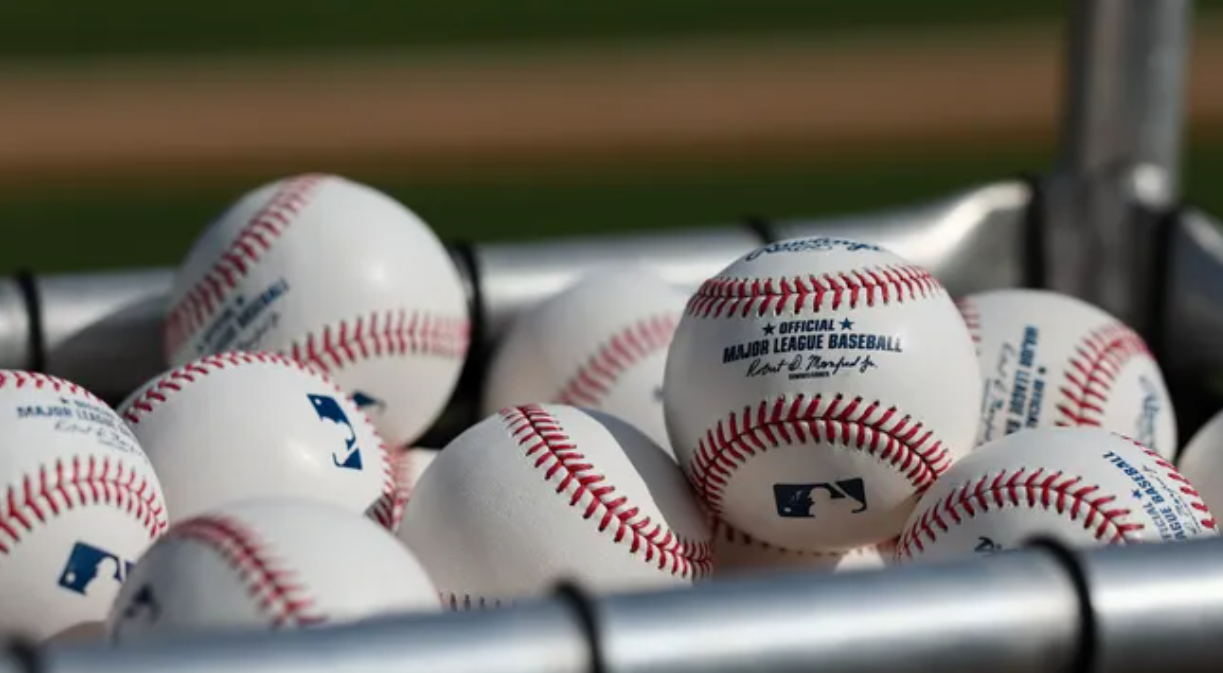MLB Predictions: In-depth analysis, strategy, and subtleties of baseball analytics
Baseball is a game where every action, every pitch, every hit can change the course of events. In Major League Baseball (MLB) with its 162 games per team per season, predicting outcomes becomes a real challenge that requires a deep understanding of the game, careful analysis of statistics, news, and intuition. MLB Predictions are not just about predicting the winner of a gaens, weather conditions, team motivation, and many other factors. In this text, we will look at the basic principles of MLB forecasting, what factors most often influence the outcome of a game, how analysts approach match evaluation, and how fans can improve their own predictions.
Why MLB predictions are so difficult
Baseball is unique in that it combines a large number of statistical variables with the unpredictability of a live game. The team with the best lineup can still lose several games in a row, and the worst team can surprise the favorites from time to time. The high variability of outcomes is not a weakness of baseball, but rather one of its main attractions.
Here are the main reasons why baseball forecasting is so difficult:
- Long season and high density of games. Teams play almost every day, which affects player fatigue, pitcher rotation, and strategies.
- Significant influence of pitchers. One starting pitcher can completely change the course of the game.
- The factor of chance. Even with perfect contact, the ball can hit the defender’s sleeve.
- The balance in the league. The level of rivalry in MLB is very high, and any team can beat another on a particular day.

The main factors when predicting MLB matches
To make a reasonable forecast, you need to take into account many parameters. Below are the key ones.
Starting pitchers
This is the first thing analysts pay attention to. The starting pitcher sets the tone for the game, and his performance directly affects the outcome. It is important to analyze:
- Current form (recent performances)
- Statistics against a specific team
- Ball control (number of walks and strikeouts)
- ERA (average number of earned runs allowed)
- WHIP (number of players allowed on base per inning)
Bullpen
If the starting pitcher is removed early, the outcome of the game depends on the relief pitchers. The quality of the bullpen can be decisive in tied games, especially in the late innings.
Batters and lineup
It is important to know what kind of shape the team’s key hitters are in. It takes into account:
- OPS (combination of On-Base and Slugging)
- Average batting average (AVG)
- Strikeout percentage
- Performance against left-handed or right-handed pitchers
It is also important to understand the depth of the lineup: are there enough strong players after the main stars?
Home field
Some teams play much better at home. Also, certain stadiums have their own characteristics (for example, Coors Field in Denver favors hits because of the thin air at altitude). Things to consider:
- Balance of home and away wins
- The size of the stadium
- Impact of weather (wind, temperature, humidity)
Current form and series
The temporary state of a team is of great importance. If a team is on the rise, it can unexpectedly defeat even a strong opponent. Similarly, a team in crisis often makes mistakes and loses games it could have won.

Types of baseball predictions
Baseball forecasts can be different, depending on the purpose of forecasting – from predicting the outcome of a match to individual player statistics.
- Moneyline (straight up winner)
The most common type of prediction is to simply pick the team that will win the match. Here you need to take into account the strength of the team, the pitcher’s form, home field, etc.
- Over/Under (total runs)
Predicting whether a team will score more or less than the specified number of runs. This requires analyzing the offense, bullpen, and weather.
- Run Line
The favorite team must win by at least two runs, or the underdog can lose by no more than one run. This type of forecast is riskier but also more profitable.
- Player props
Predictions of individual outcomes: the number of strikeouts by a pitcher, hits by a hitter, home runs, etc.
- Futures (long-term bets)
Predictions on the champion, division winners, season MVP, etc. For such forecasts, it is necessary to take into account the strategic development of teams for the entire season.
How analysts predict MLB matches
Professional analysts use complex algorithms and in-depth statistical models. They take into account:
- Sabermetrics – modern statistics that go beyond traditional indicators.
- Context of the game – how the team has been playing lately, whether they are motivated, or if they had a long flight.
- Psychological factors – how the team reacts to defeats, the microclimate in the club.
- Observations – watching matches allows you to see what is not visible in numbers: physical condition, emotions, confidence.
Typical mistakes in MLB forecasts
Even experienced forecasters can make mistakes. The most common mistakes:
- Overestimating statistics without context. Numbers are important, but they don’t always explain everything.
- Ignoring the bullpen. Often, attention is paid only to the starting pitchers, even though the game is decided in the late innings.
- Underestimating the weather. Wind and temperature significantly affect the number of home runs and the overall result.
- Inattention to the schedule. Teams may be tired after long series on the road.

How to improve your predictions
To improve your baseball predictions (particularly in MLB), you should combine an analytical approach with observation, discipline, and constant self-study. Here are practical tips to help you take your predictions to the next level:
- Focus on a few matches, not the entire round
There is no need to try to cover the entire game day. It is better to choose 2-3 games, analyze them in detail, taking into account all possible factors: pitchers, team form, weather conditions, motivation. Depth is more important than quantity.
- Study starting pitchers to the smallest detail
Starting pitchers in MLB can completely change the course of a game. Pay attention to:
- Their recent performances
- Statistics against a specific team
- ERA, WHIP, FIP
- Strikeout-to-walk ratio (K/BB)
- How many innings they usually play
A strong pitcher in good shape is the basis for a successful forecast.
- Analyze the bullpen (rotation of relief pitchers)
Often, the bullpen is the key to winning or losing a game. Study how fresh the rotation is, who is available after the previous games, which pitchers are already “burned out” and who can still pitch. This is especially important for teams with unstable starters.
- Keep an eye on lineups and player lines
Not all stars play every day. In a 162-game season, baseball players are often rested. One player, such as a key hitter or catcher, can make a big difference in the outcome. Wait for official lineup confirmation before making a final prediction.
- Take into account the weather and the stadium
The weather affects the flight of the ball. For example:
- Hot, dry air – more home runs.
- Strong winds can either “help” or “dampen” the ball’s flight.
- Rain or wet grass affect the speed of the game.
MLB predictions are a challenging yet rewarding endeavor that blends deep statistical analysis with a keen understanding of the game’s nuances. From evaluating starting pitchers and bullpen strength to factoring in weather, player form, and team motivation, successful forecasting demands both discipline and insight.
While no prediction method is foolproof, combining data-driven strategies with up-to-date information and smart observation can significantly improve your accuracy. Whether you’re a passionate fan, a casual bettor, or a professional analyst, mastering the art of MLB predictions is a continuous journey—and one that makes following baseball even more exciting.
